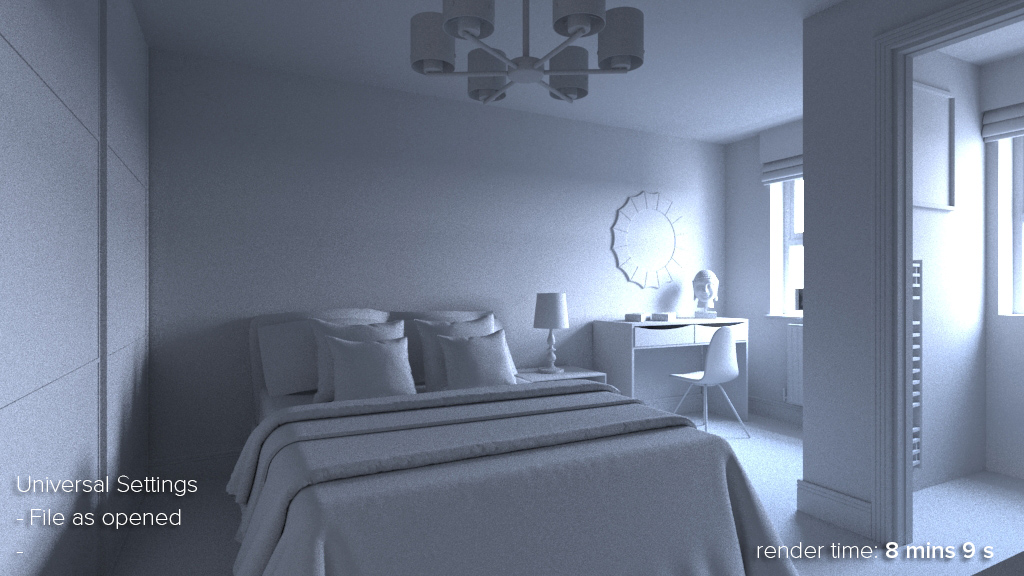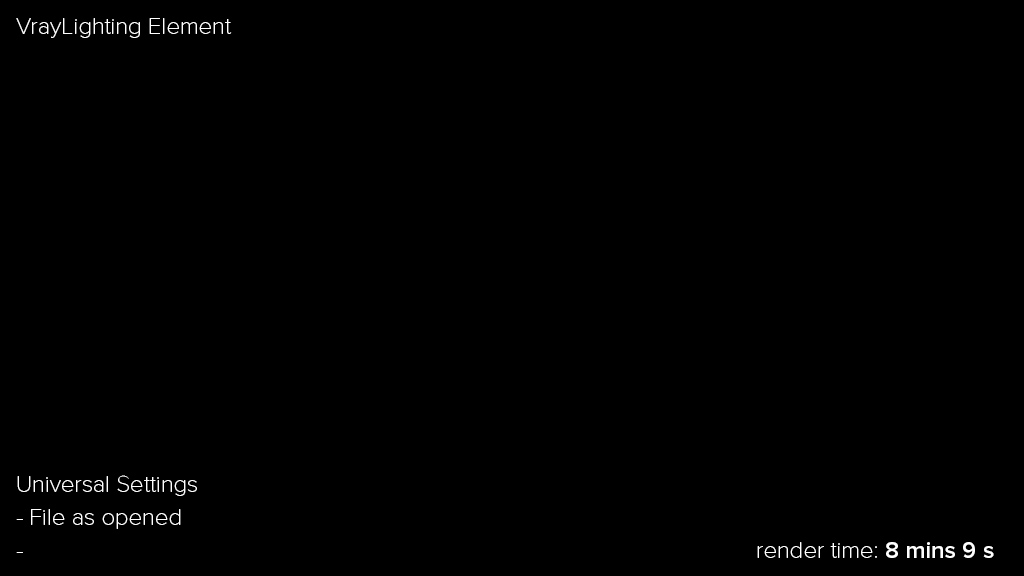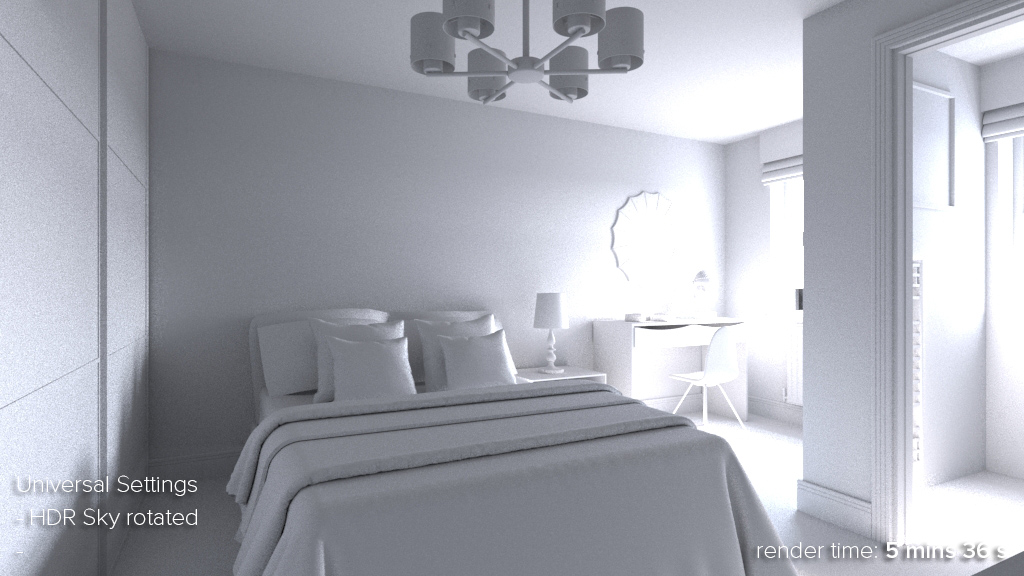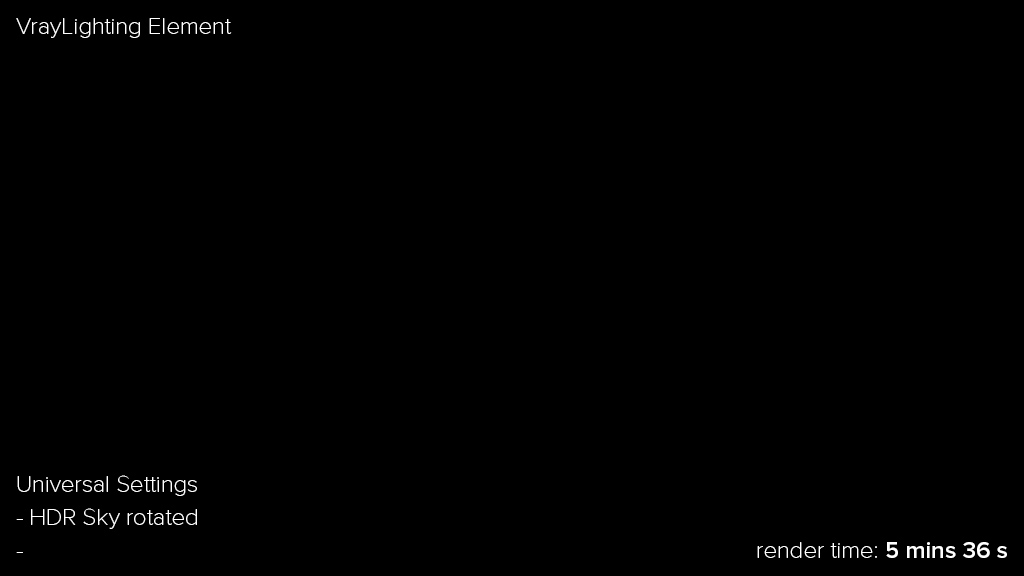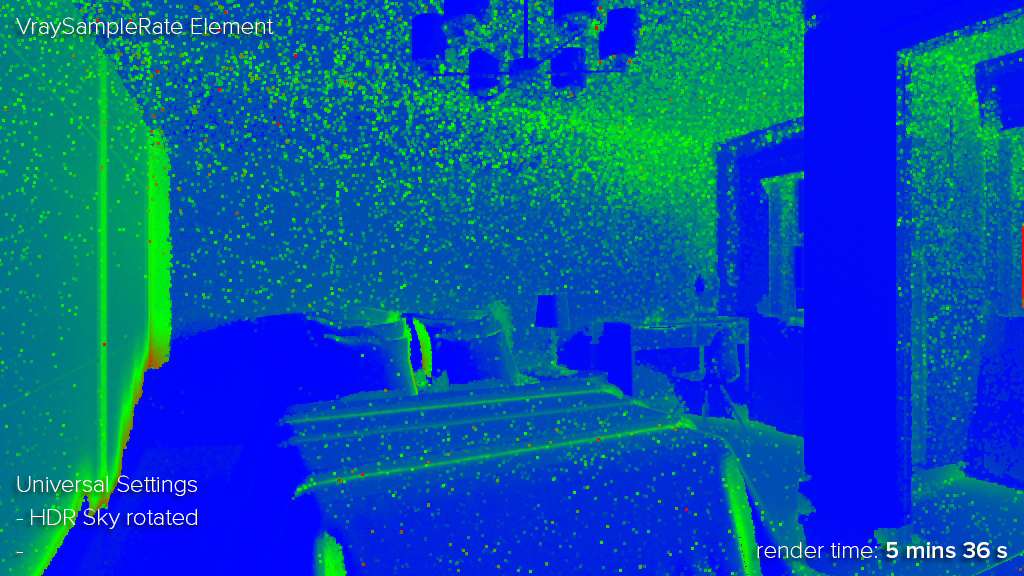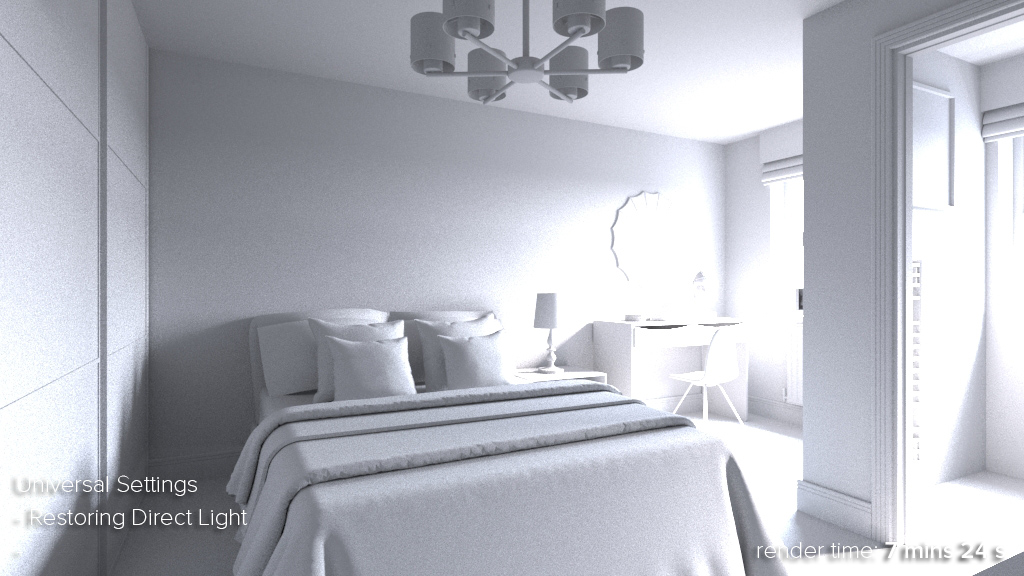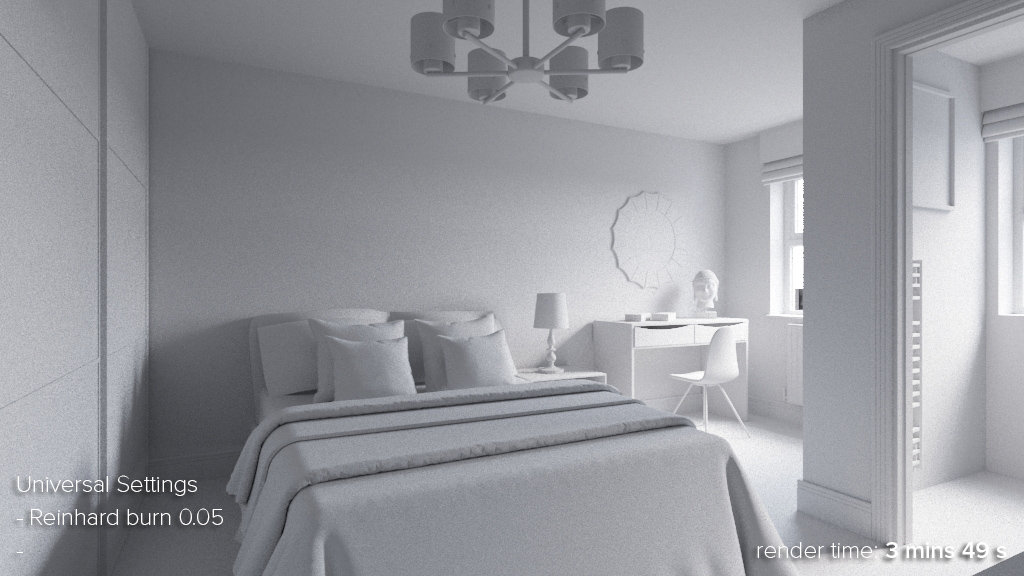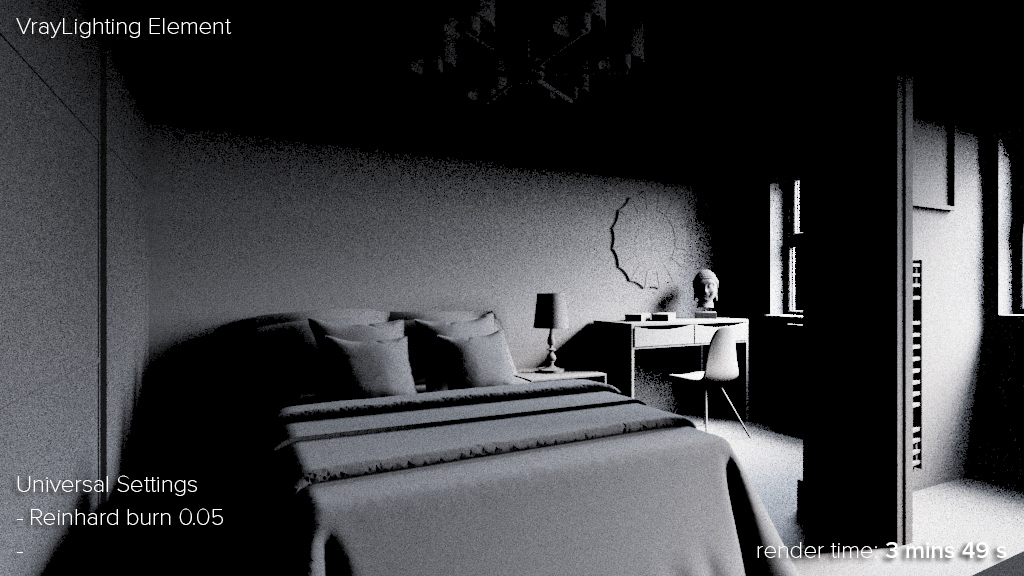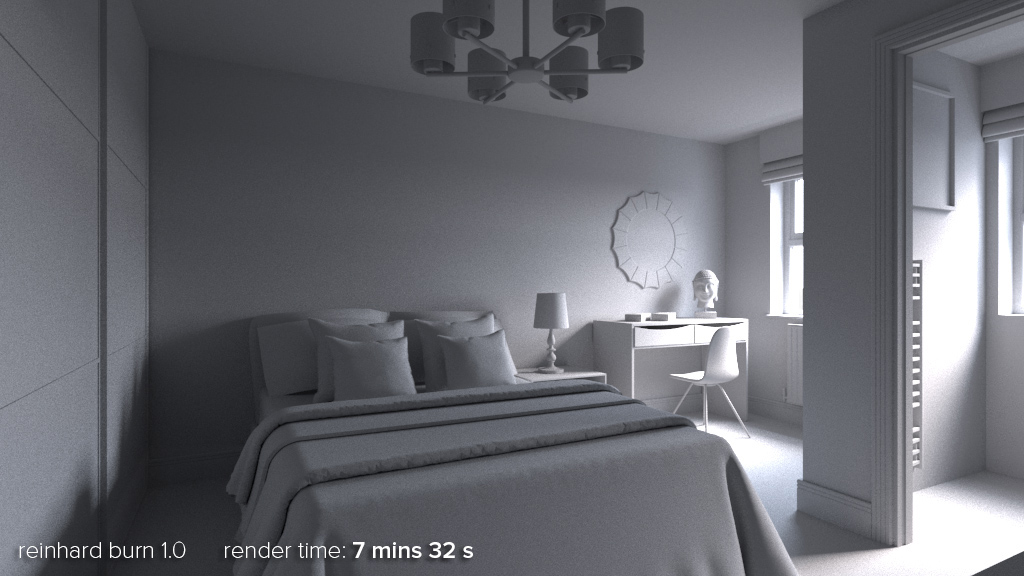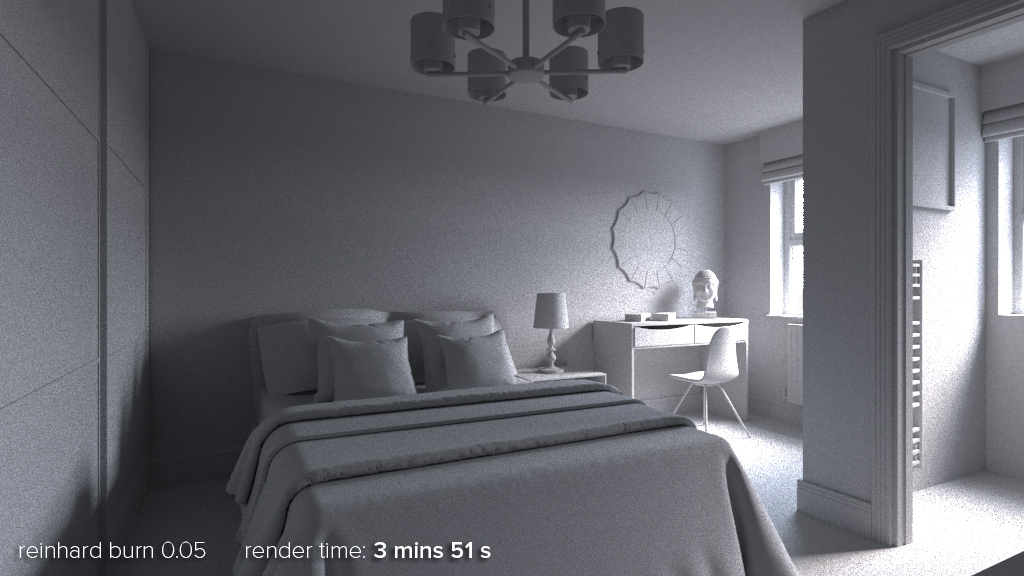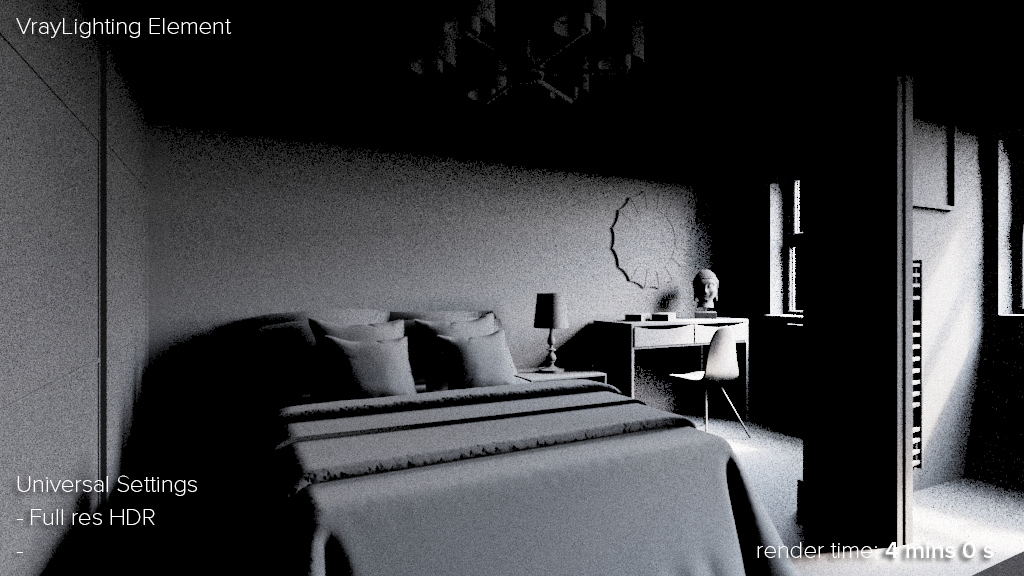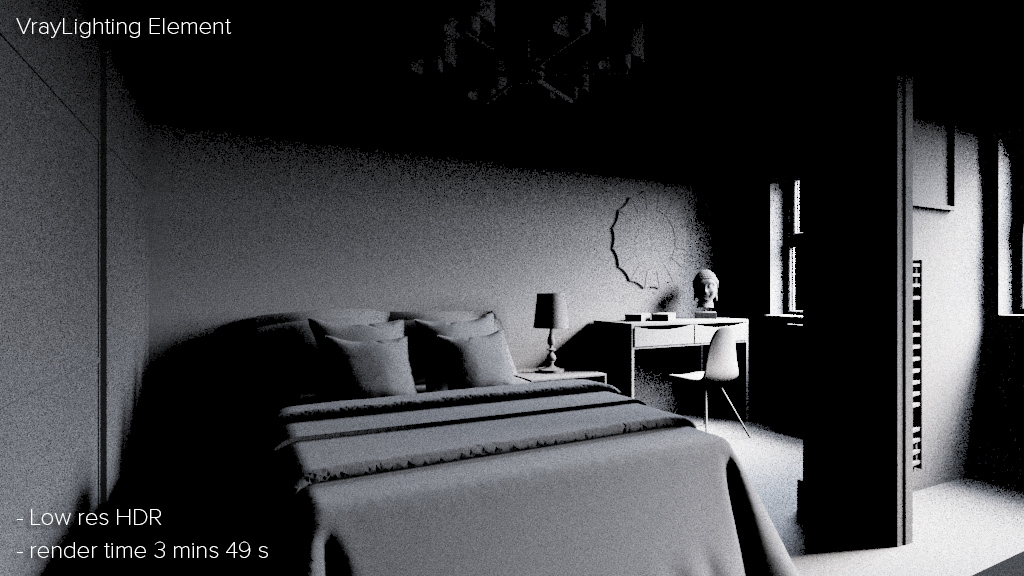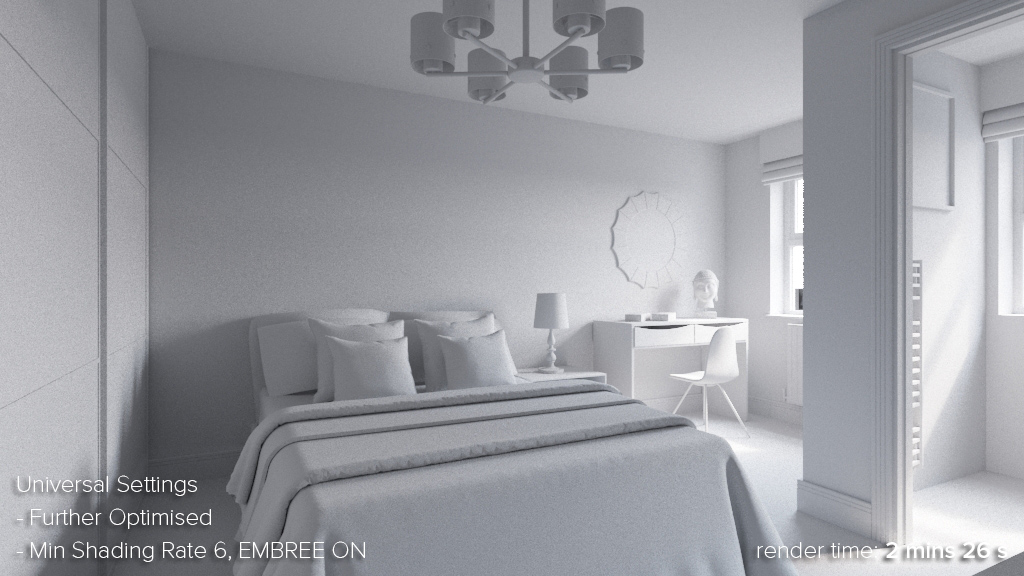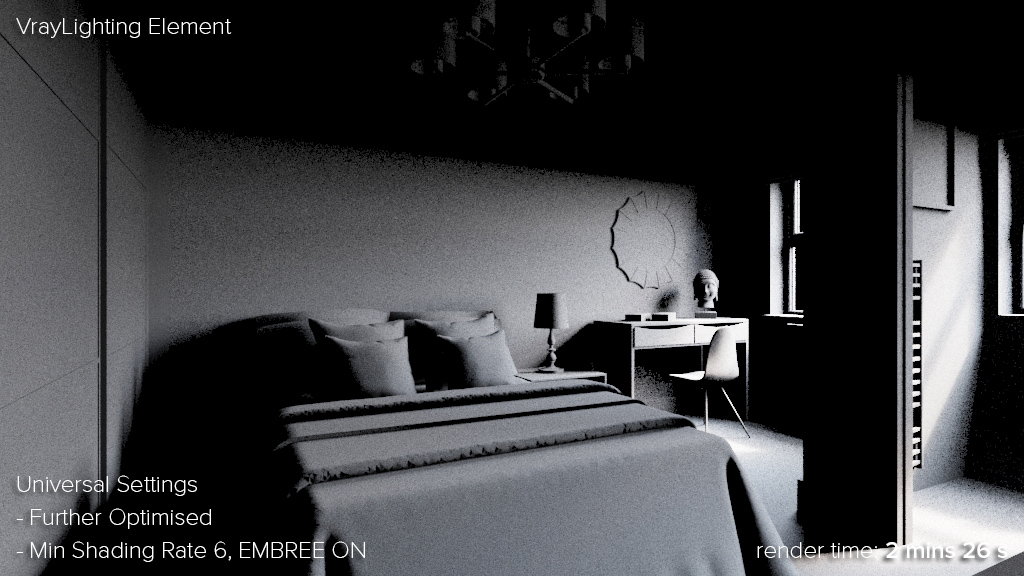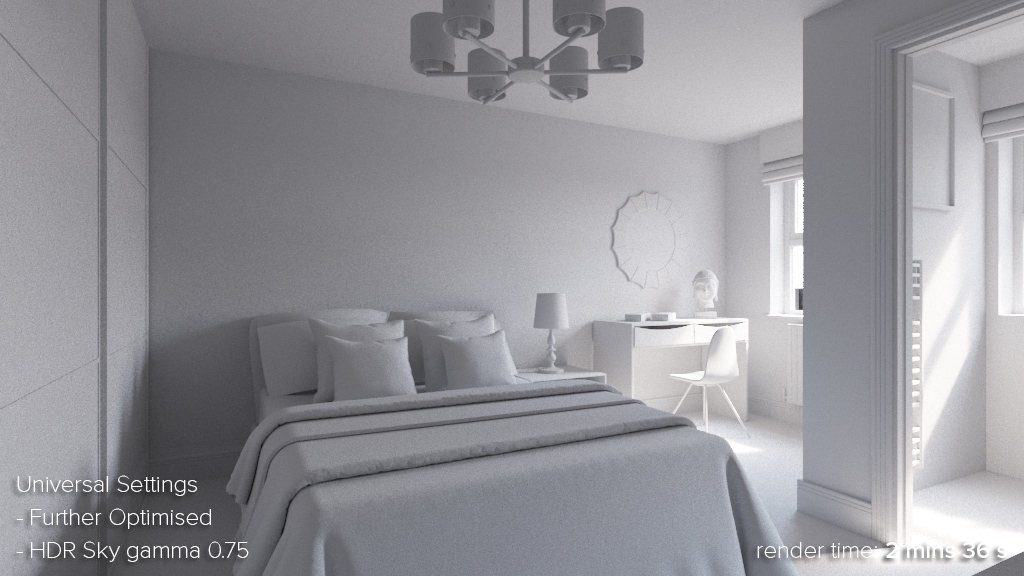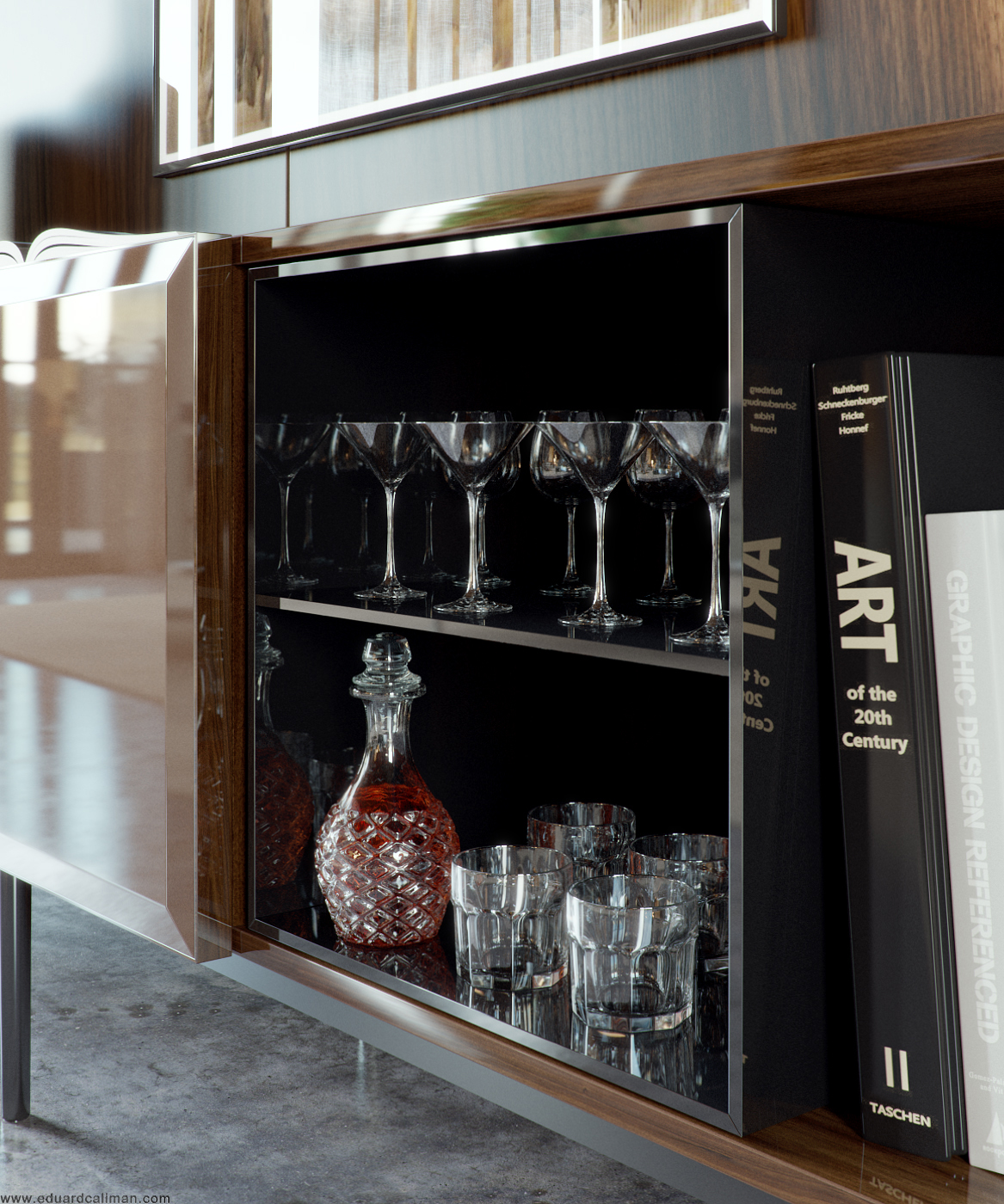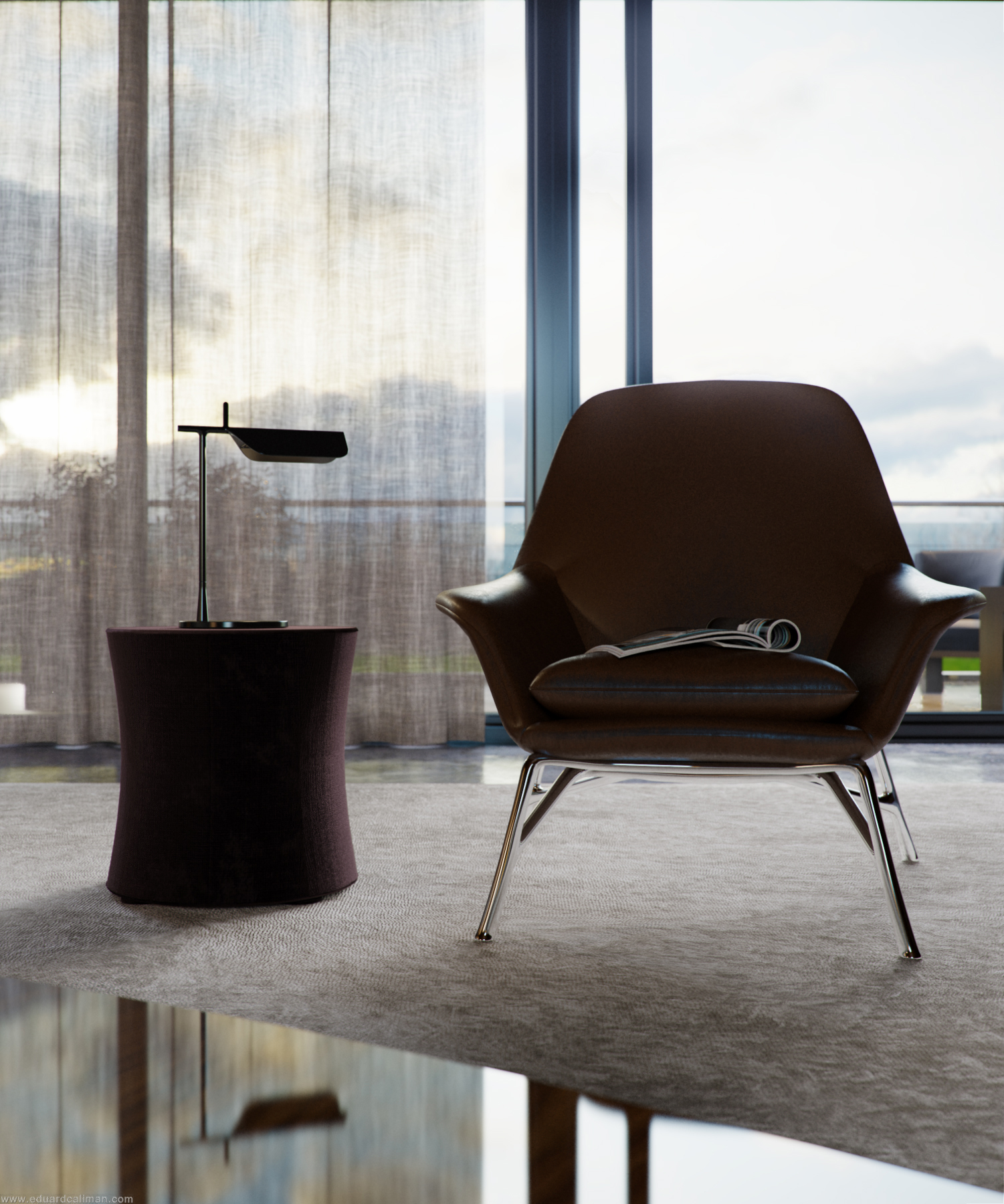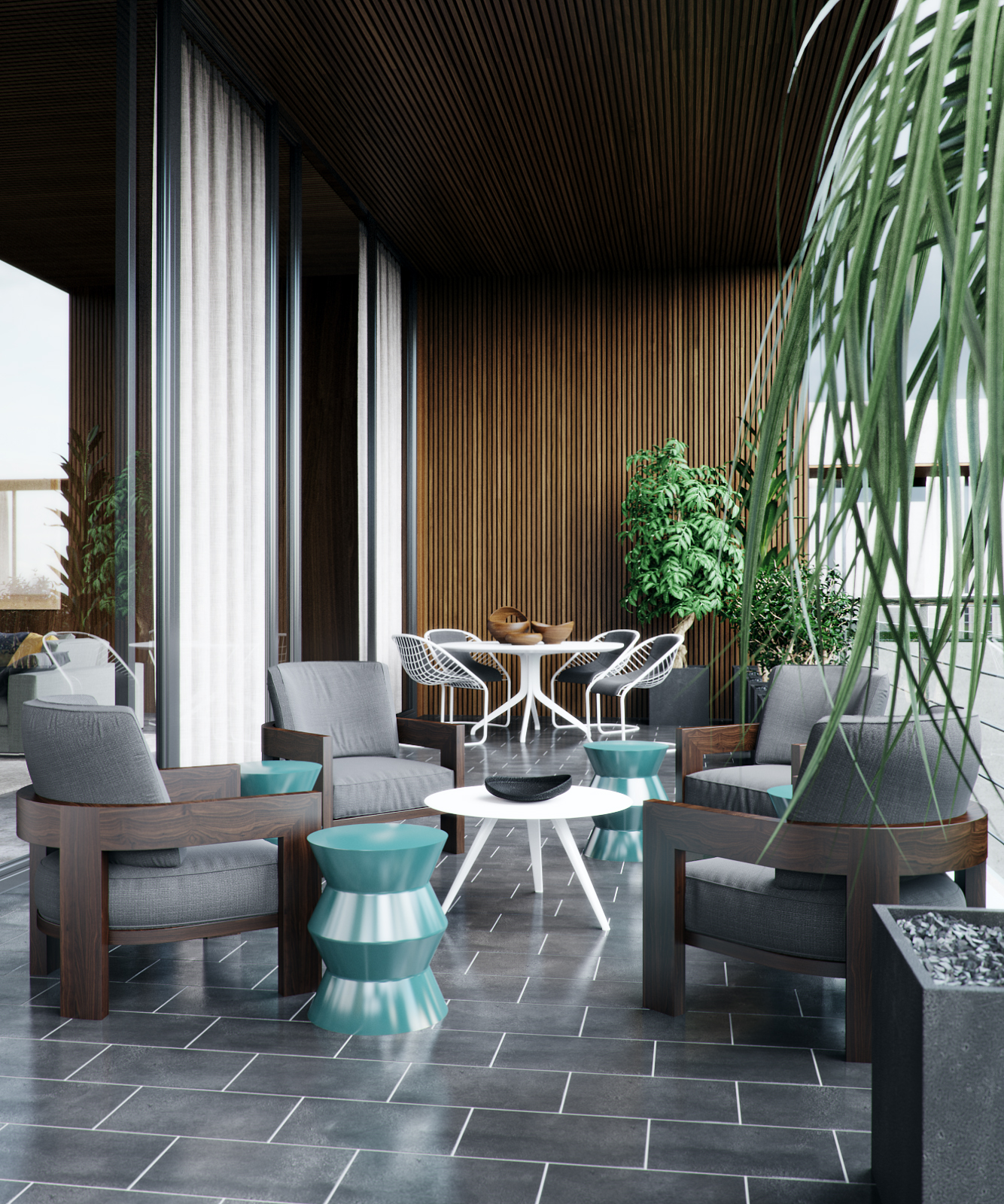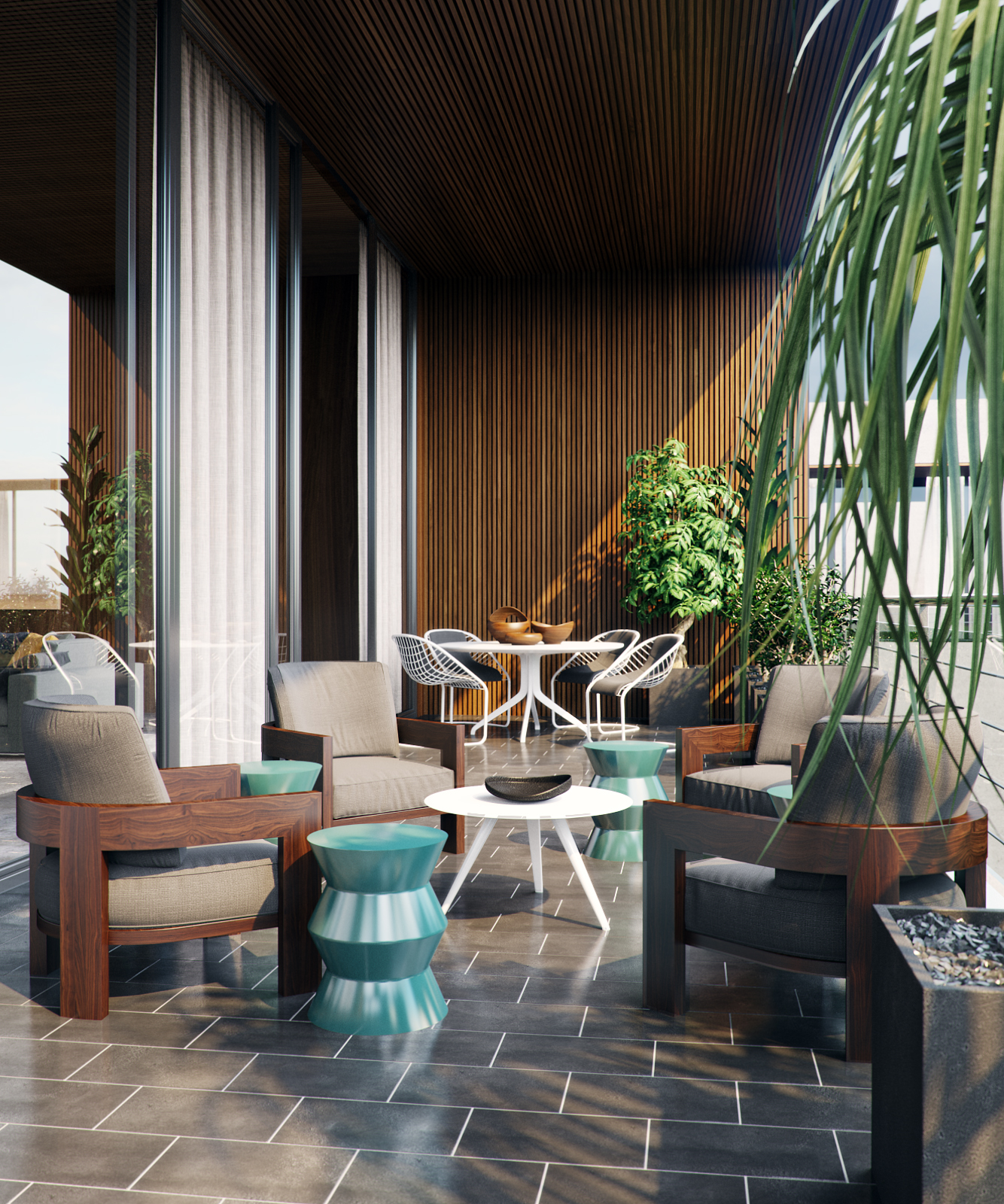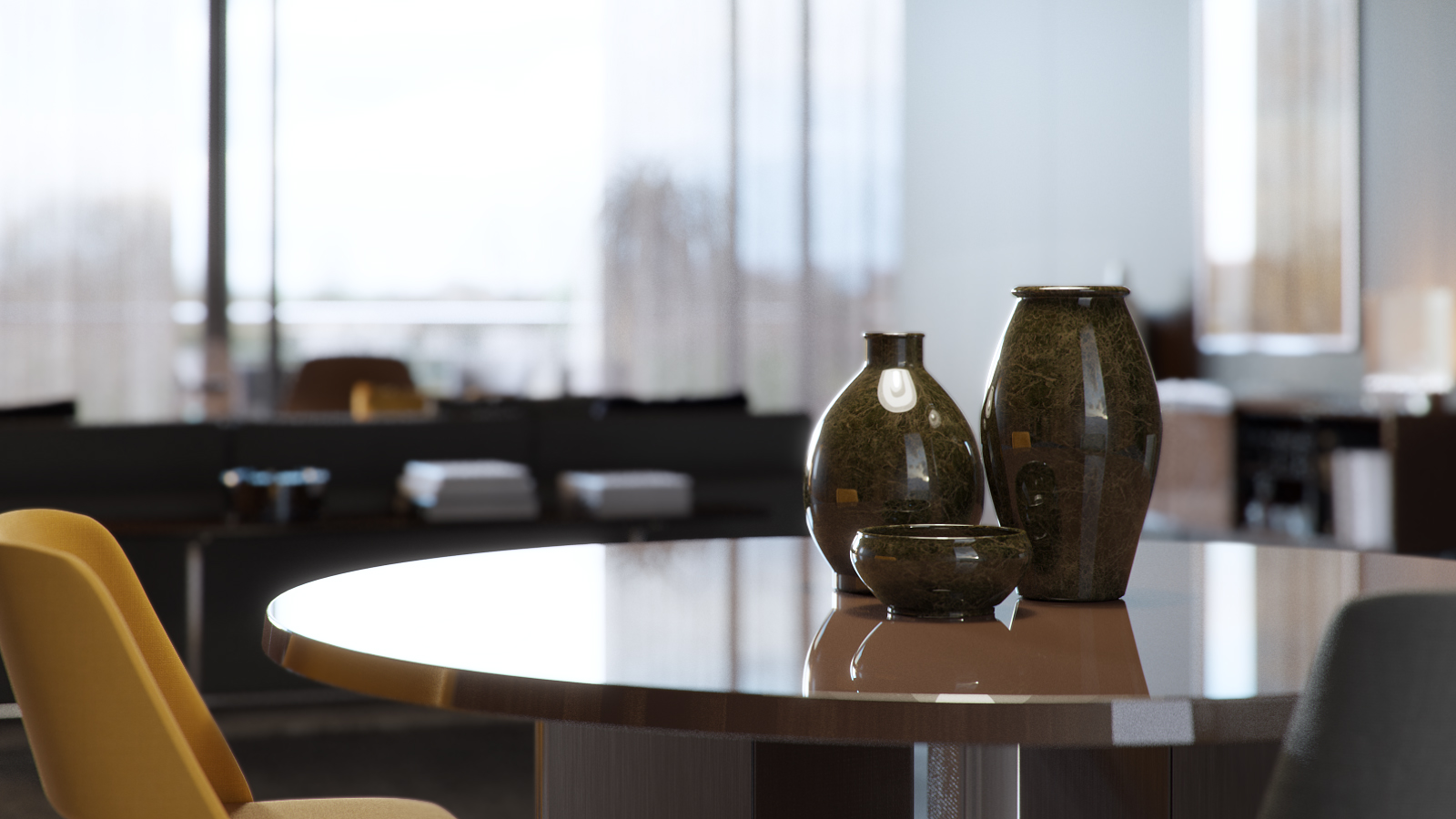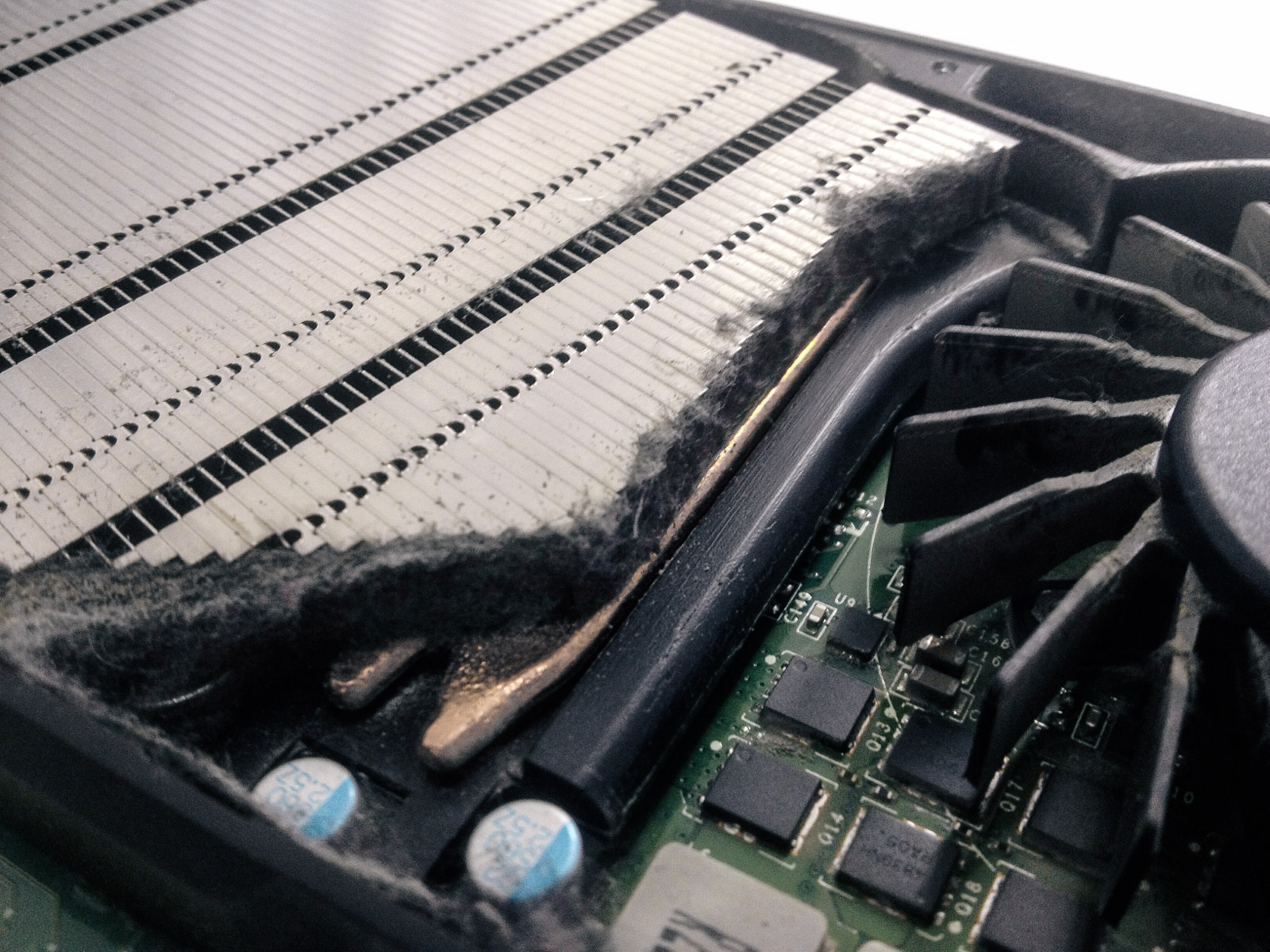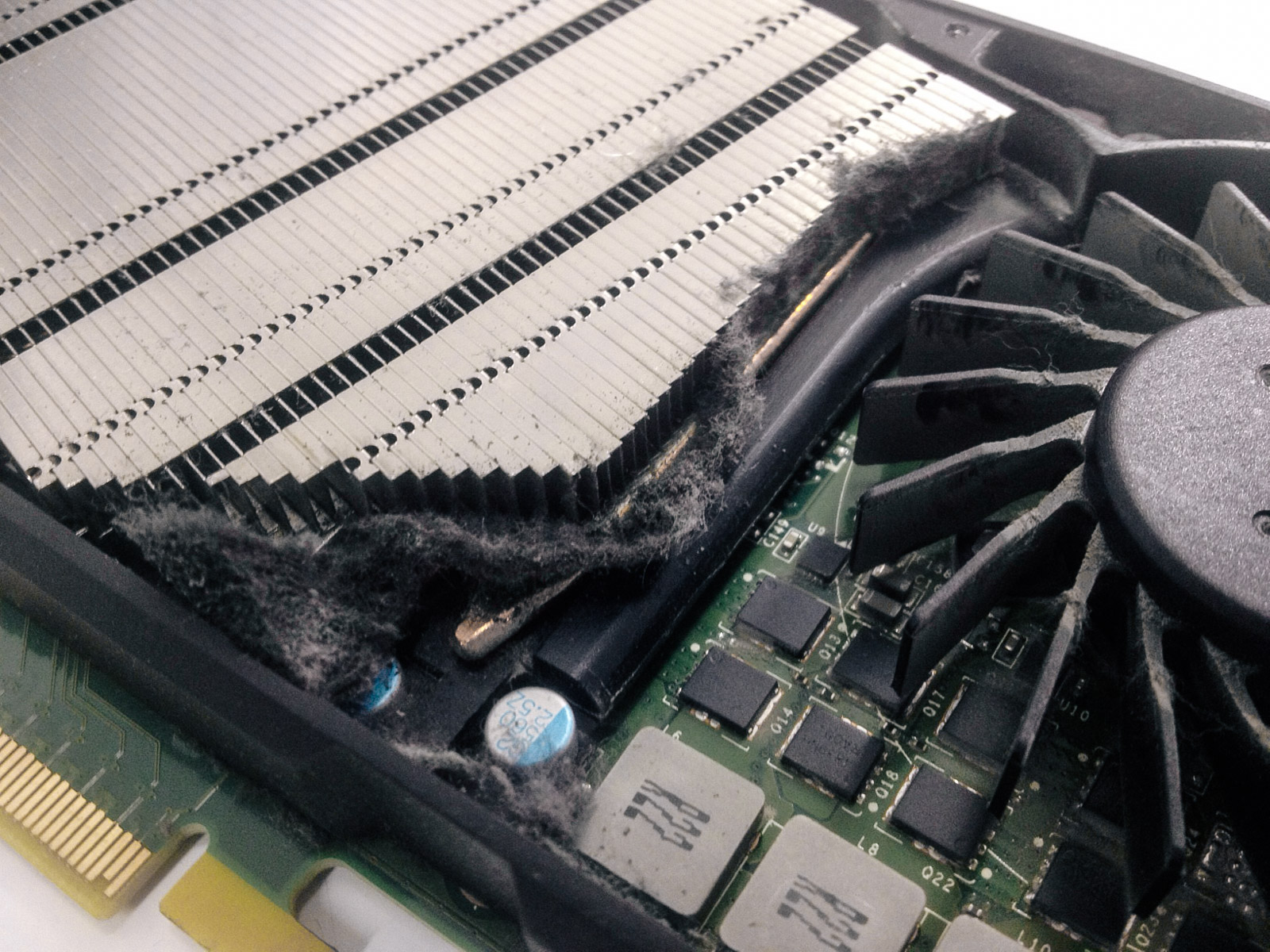Notes on noise..
For people thinking that the above renders look too noisy for their uses.. then I would just change the noise threshold from 0.01 to something lower. The renders are just for comparison purposes. When I do high res renders, like over 5k, I sometimes even increase the noise threshold to 0.02.
I never do animation work so have no experience with having to output super clean renders so please bear that in mind in the comments.
Notes on render times
All images here were rendered at 1024 x 576 pixels, but on TWO dual xeon workstations. For the render times for one workstation just double the stated render times. Adding the render times on the images is just so that we can compare one method with another method, I'm not trying to fool anyone here!
Addendum 1
Someone on twitter asked me to clarify why I prefer the universal version of the HDR sky render over the irradiance map version. As I work solely with high res stills, I'm mainly interested in visual quality. (My attitude to render times is that if they are too high, it means I need to buy an additional workstation.) Here are the 2 renders at 1600x900 pixels, by all means use whichever GI solution suits your needs. I like that the universal one retains all the detail round the door without getting muddy, and in general shadows look better defined.



